What are Pink Oyster Mushrooms?
Pink oyster mushrooms, scientifically known as Pleurotus djamor, are a captivating and visually striking variety of edible mushrooms. Originating from tropical regions, particularly Asia and parts of Africa, they have gained popularity worldwide for their unique attributes.
In terms of appearance, pink oyster mushrooms showcase a mesmerizing and vibrant pink color. Their caps are broad and fan-shaped, often measuring between 5 to 20 centimeters (2 to 8 inches) in diameter. The mushroom's gills are close together and extend down the stem, which is typically short and attached in the middle. As the mushrooms mature, their color may shift slightly to a pale pink or cream hue.
Beyond their alluring appearance, studies suggest that pink oyster mushrooms possess various medicinal properties, as other functional mushrooms do. Pink oyster mushrooms are believed to possess antioxidants and anti-inflammatory properties. These properties are thought to combat oxidative stress and decrease inflammation within the body. Additionally, pink oyster mushrooms are rich in polysaccharides, compounds known for their immune-boosting effects and potential anticancer properties.

Growing Pink Oyster Mushrooms
Whether you’re into mushroom foraging, mushroom harvesting, or organic mushroom farming, cultivating or growing pink oyster mushrooms can be a rewarding and enjoyable experience for mushroom enthusiasts and home growers alike.
The cultivation process of pink oyster mushrooms typically begins with obtaining the mushroom spawn, which serves as the "seed" for growing mushrooms. The spawn is usually acquired from specialized suppliers or can be generated through a sterile culture process. Once the spawn is obtained, the cultivation process involves creating a suitable growing medium, often using a combination of organic materials like straw, sawdust, or agricultural waste.
The first step in the cultivation process is to pasteurize or sterilize the growing medium to eliminate any competing organisms that may hinder mushroom growth. This can be achieved through methods such as heat treatment or chemical sterilization. After the growing medium is prepared, it is mixed with the mushroom spawn and placed in containers or bags with proper ventilation. Maintaining ideal environmental conditions is crucial for the successful cultivation of pink oyster mushrooms. They thrive in temperatures ranging from 20 to 30 degrees Celsius (68 to 86 degrees Fahrenheit) and require high humidity levels. Proper air circulation and light exposure are also important factors to consider during cultivation.
When to Harvest Pink Oyster Mushrooms
Over time, under the right conditions, the mushroom mycelium (the vegetative part of the mushroom) will colonize the growing medium. This colonization process usually takes a few weeks. Once fully colonized, the mushroom pins will start to form, and with the right humidity and temperature, they will rapidly grow into mature pink oyster mushrooms.
Throughout the cultivation process, it's important to monitor and adjust environmental factors, such as humidity, temperature, and light, to ensure optimal growth and development. Regular watering or misting may be required to maintain the desired moisture levels. By following proper cultivation techniques and providing the ideal growing conditions, you can successfully cultivate your own pink oyster mushrooms and enjoy their vibrant color, delicate flavor, and unique culinary qualities.
Health Benefits of Pink Oyster Mushrooms
Cultivated using wheat straw (WS), quinoa stalk (QS), and their mixtures, this captivating mushroom exhibited a wide range of positive effects. The study evaluated its antimicrobial potential against various pathogenic bacteria, dermatophytes, and yeast, revealing its strong activity against many pathogens [1].
Additionally, the pink oyster mushroom demonstrated potent antioxidant properties, with impressive results in total antioxidant assays and scavenging of the DPPH radical [1]. Furthermore, it exhibited cytotoxic effects on human breast cancer cells, reducing viability significantly [1]. Remarkably, the mushroom's methanol extracts were found to inhibit DNA damage induced by UV radiation and H2O2 [1]. These findings underscore the pink oyster mushroom's multifaceted benefits, making it an enticing choice for those seeking natural antimicrobial, antioxidant, cytotoxic, and DNA-protective effects.
Another study encompassed an analysis of various aspects, including physicochemical properties, nutritional indices, antioxidant properties, and hypoglycemic effects [2]. Qualitative analysis revealed the presence of valuable mycoconstituents, including tannins, flavonoids, terpenoids, cardiac glycosides, and saponins, all of which contribute to the oyster mushroom benefits for health [2]. In the study, the pink oyster mushroom displayed powerful antioxidant abilities and even the potential to regulate blood sugar. The hypoglycemic testing demonstrated the mushroom's ability to promote glucose consumption in poultry hepatocytes, suggesting its potential in mitigating the risk of lifestyle diseases such as diabetes [2]. These compelling findings highlight the immense promise of the pink oyster mushroom in improving overall health, positioning it as a valuable addition to our wellness arsenal.

Are Pink Oyster Mushrooms Edible?
If you’re wondering, “are pink oyster mushrooms edible?”, yes, they are! In culinary terms, these edible mushrooms are highly versatile and valued for their delicate flavor and tender texture. They have a mild, slightly sweet taste and a velvety texture when cooked, but you won’t stop wondering what do pink oyster mushrooms taste like until you try them yourself!
How to Cook Pink Oyster Mushrooms?
These mushrooms can be sautéed, stir-fried, grilled, or added to soups, stews, and various other dishes. Their vibrant pink color adds an aesthetic appeal to culinary creations and makes them a favorite among chefs and food enthusiasts.
Recipes for Pink Oyster Mushrooms
One of the simplest and most popular recipes for pink oyster mushrooms is to sauté them with a touch of butter or olive oil, allowing their natural flavors to shine. Their velvety texture and mild, slightly sweet taste make them a versatile ingredient in stir-fries, pasta dishes, and risottos, adding a delightful depth of flavor. Grilling or roasting pink oyster mushrooms brings out their inherent earthy notes and creates a delectable smoky taste. They can be used as a topping for pizzas, tossed into salads for a pop of color, or even incorporated into hearty sandwiches for a satisfying meal.
With their vibrant pink color, these gourmet mushrooms not only elevate the taste of a dish but also enhance its visual appeal, making them a favorite among chefs who seek to create stunning culinary presentations. Whether you're a culinary adventurer or a home cook looking to experiment with new flavors, the pink oyster mushroom is a culinary delight that promises to add a touch of elegance and a burst of flavor to your gastronomic creations. While functional mushrooms may also be taken as mushroom supplements, it is always encouraged to add them into your diet!
Related Articles
Want to learn more about the beautiful world of fungi? Check out these related blogs.
- 9 Surprising Lion's Mane Benefits to Take Advantage Of
- The Surprising Benefits of Tremella Mushroom Supplements
- How Turkey Tail Mushroom Helps You Lead a Healthier Life
- 5 Adaptogenic Mushrooms and Their Amazing Health Benefits
We hope you have found this article informative. If you have any questions or comments, please feel free to leave them in the comment section below!
By Silvana Jakupovic — BSc and 4th Year Student of Naturopathic Medicine (CCNM-Boucher)

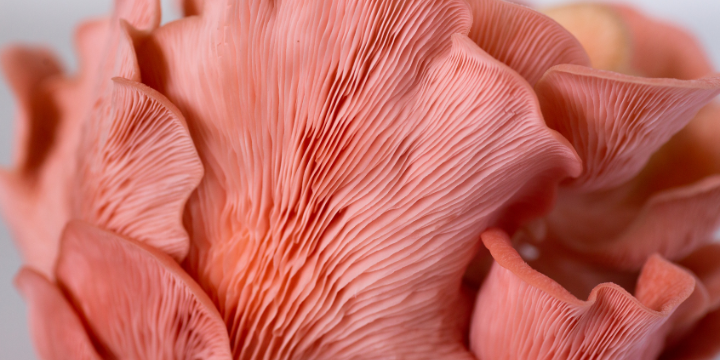
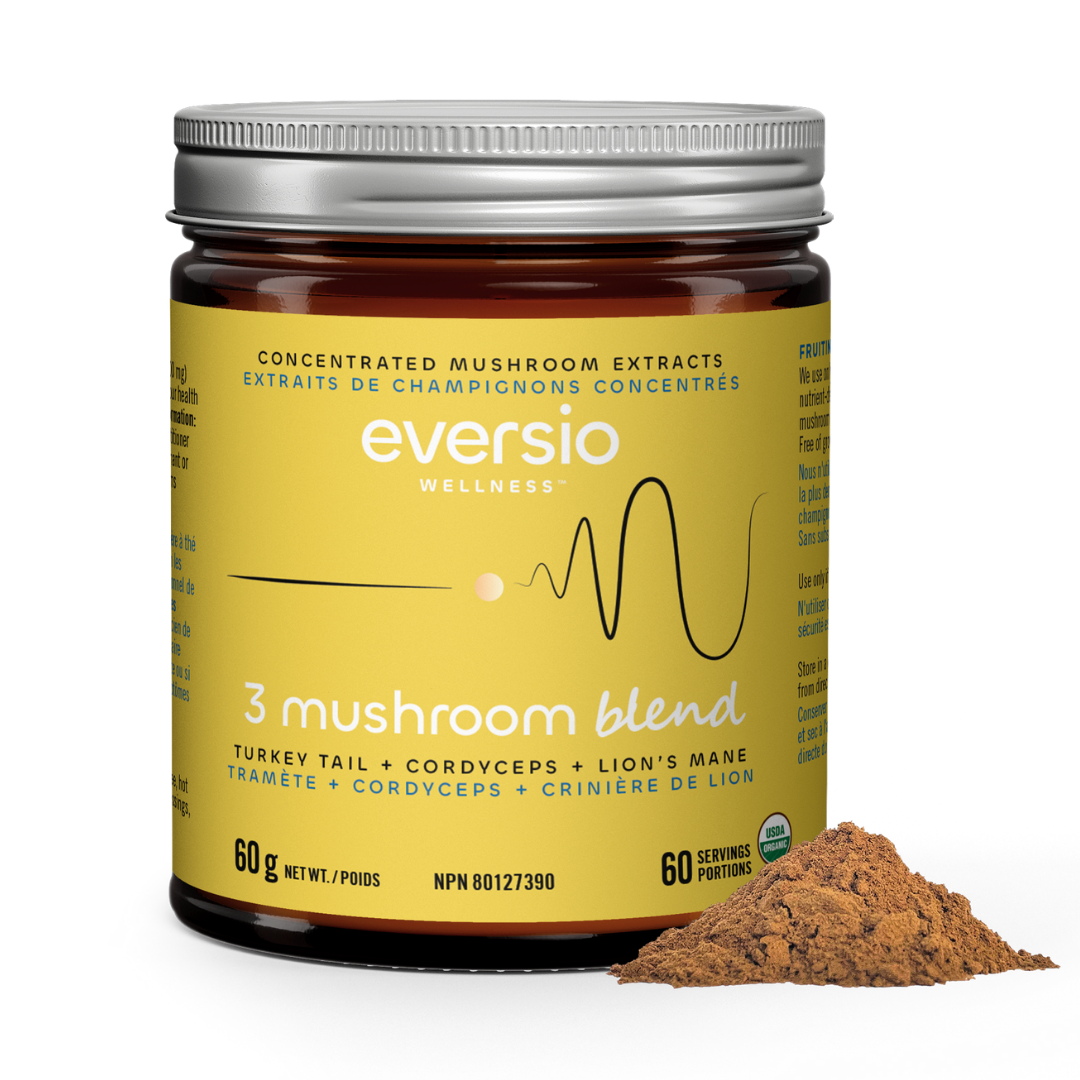
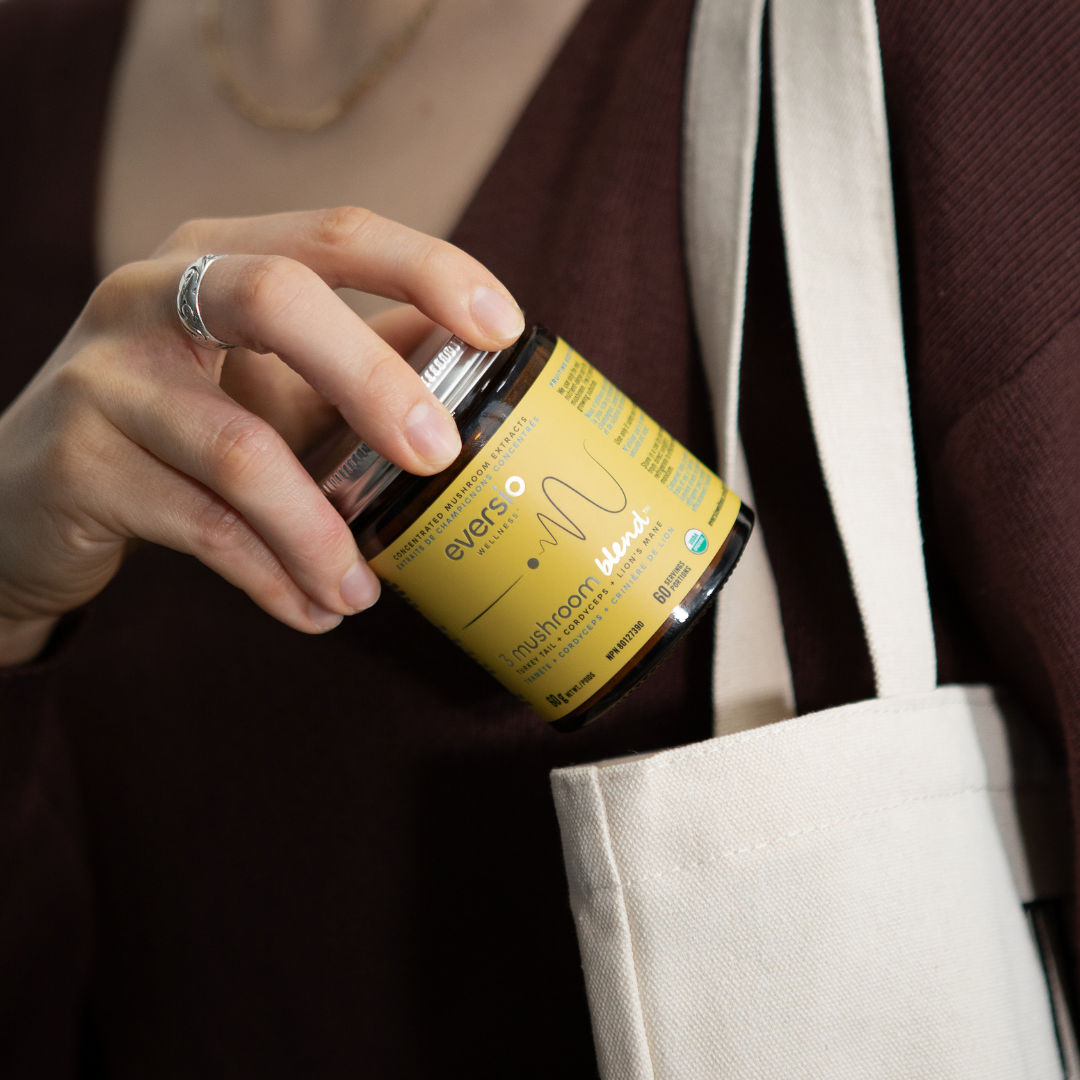
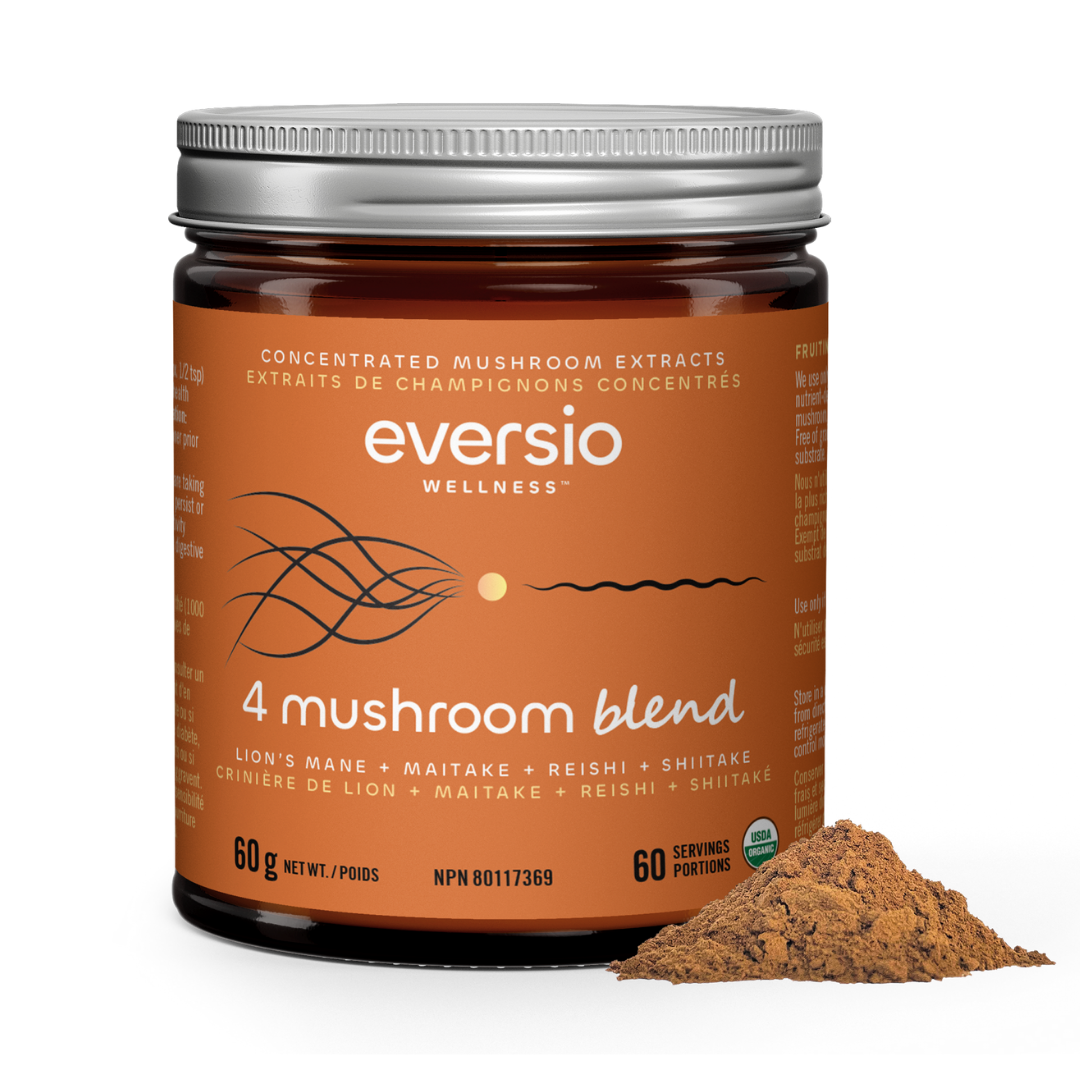
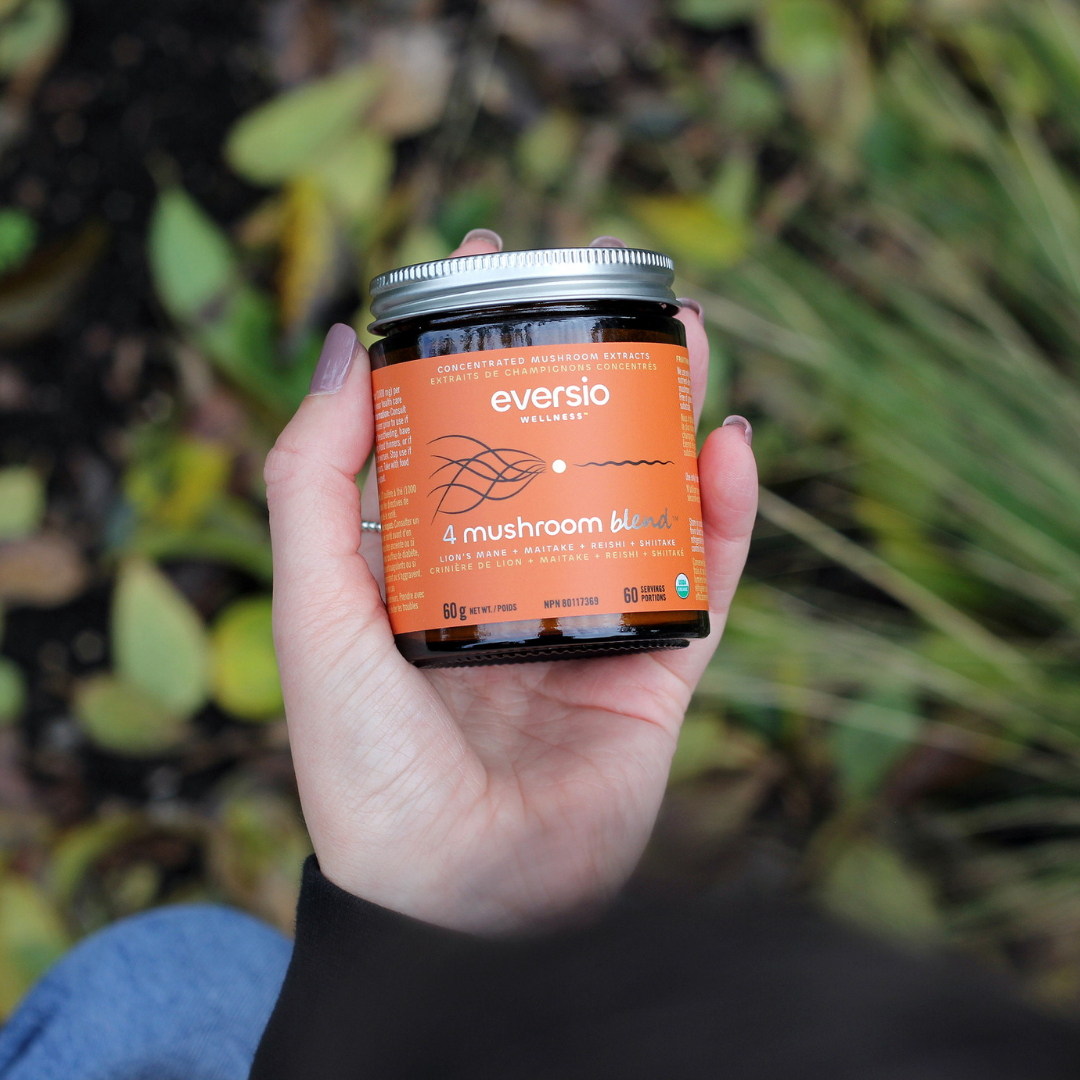
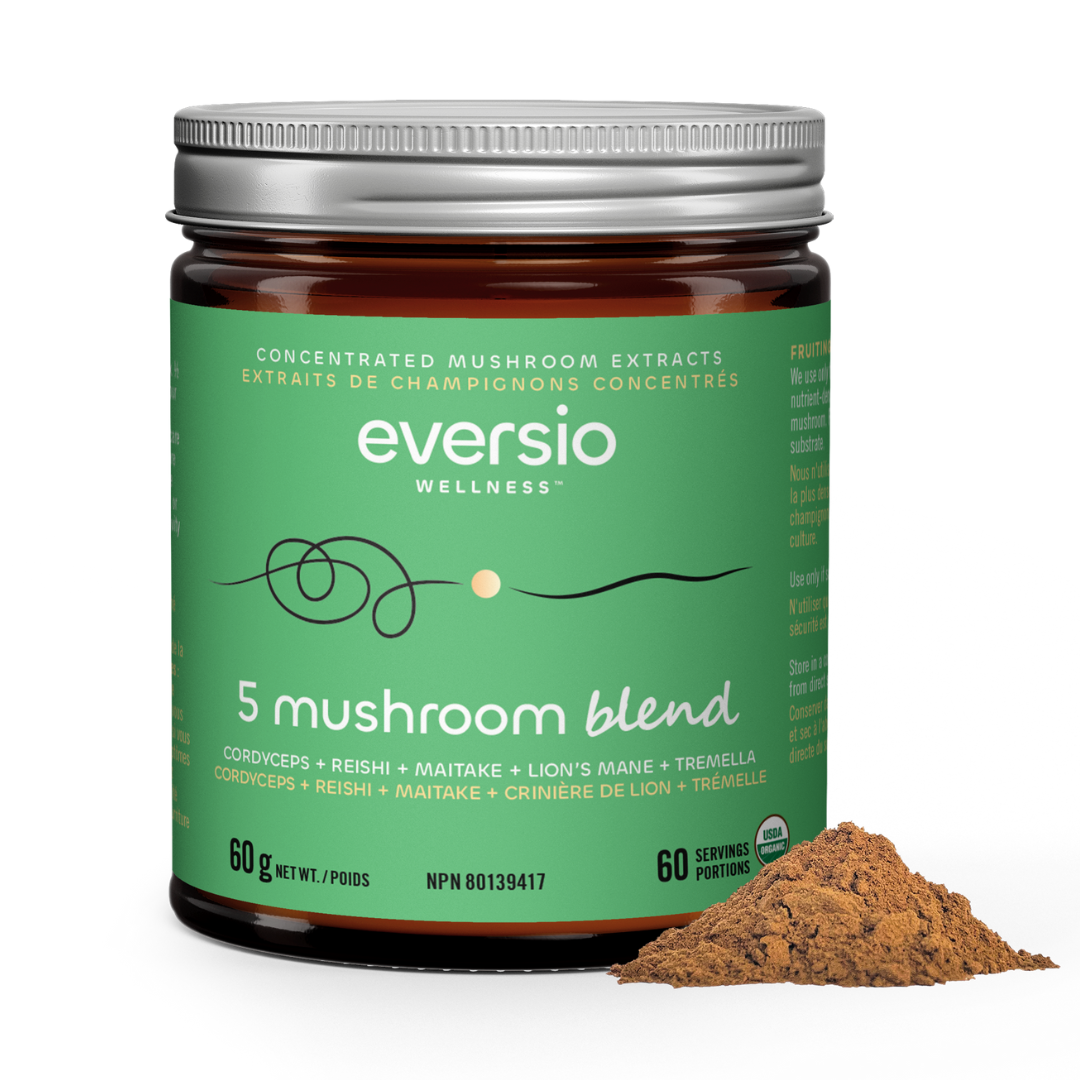
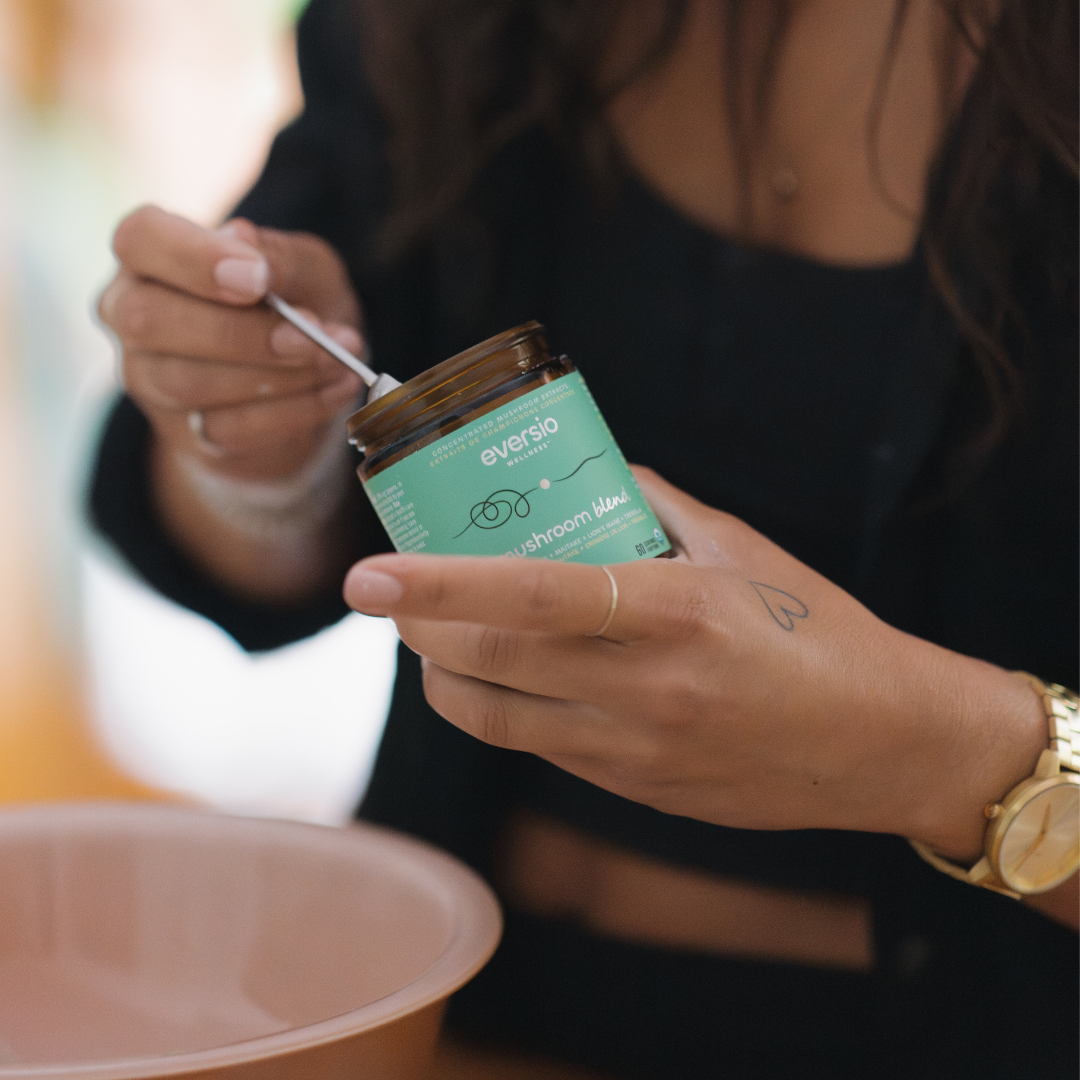
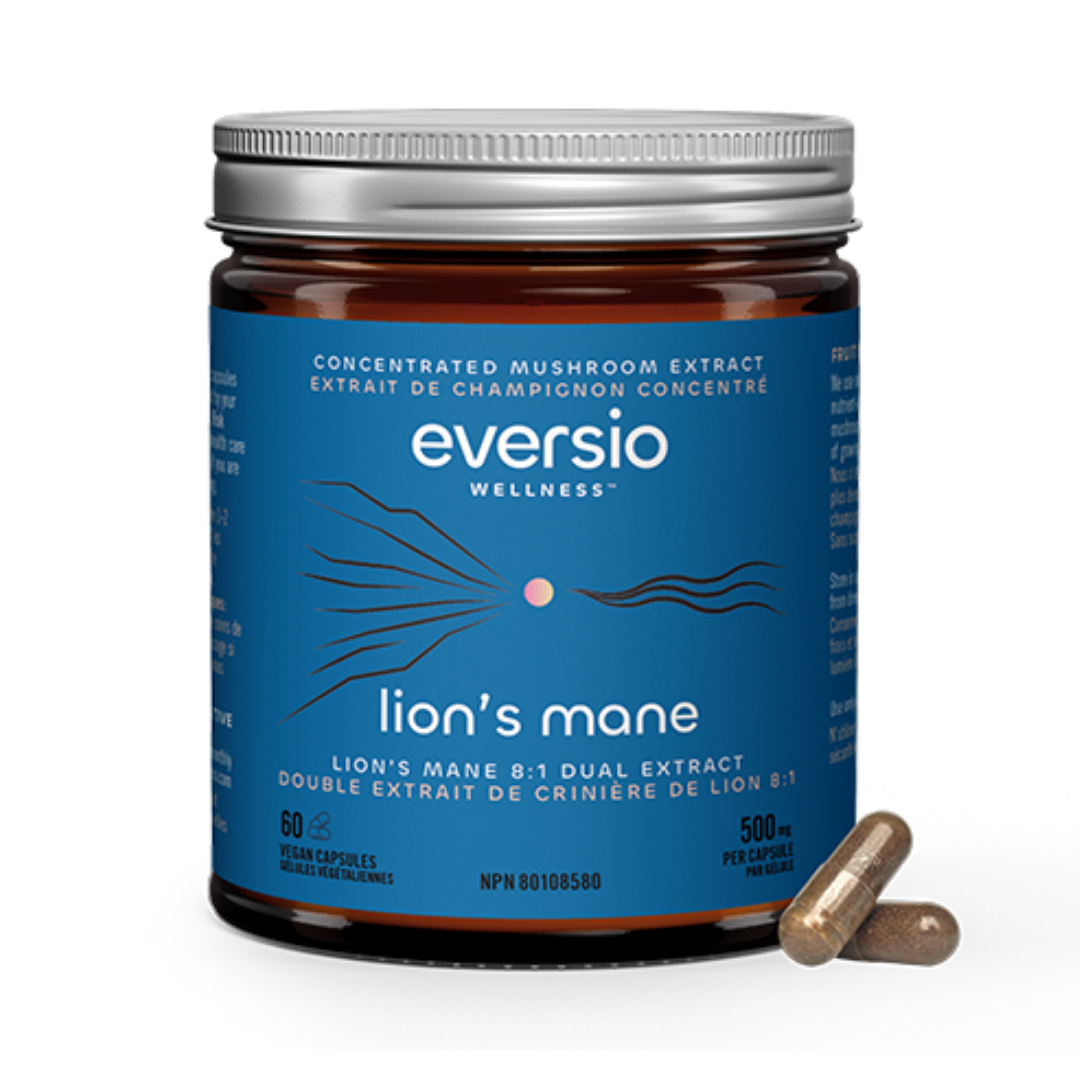
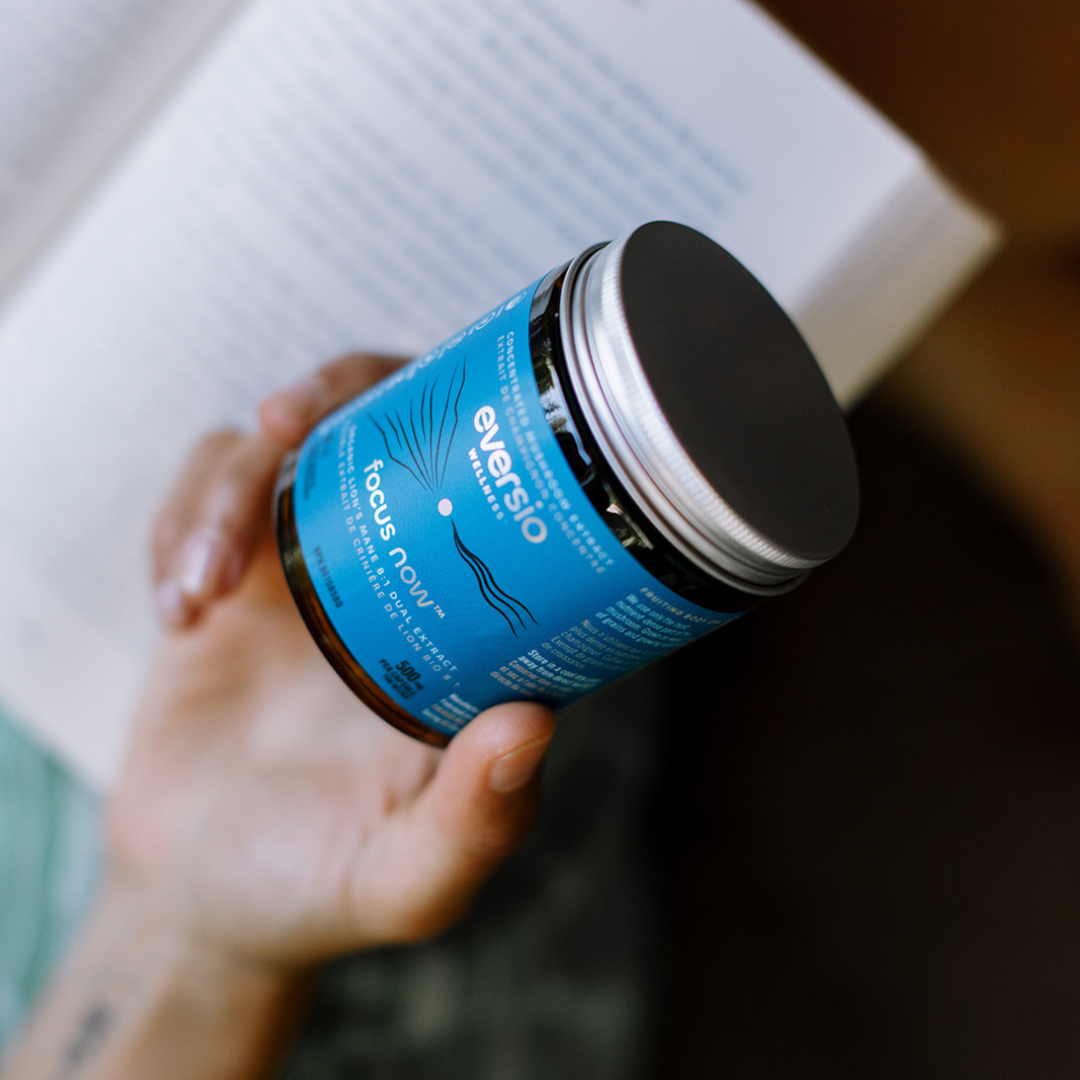
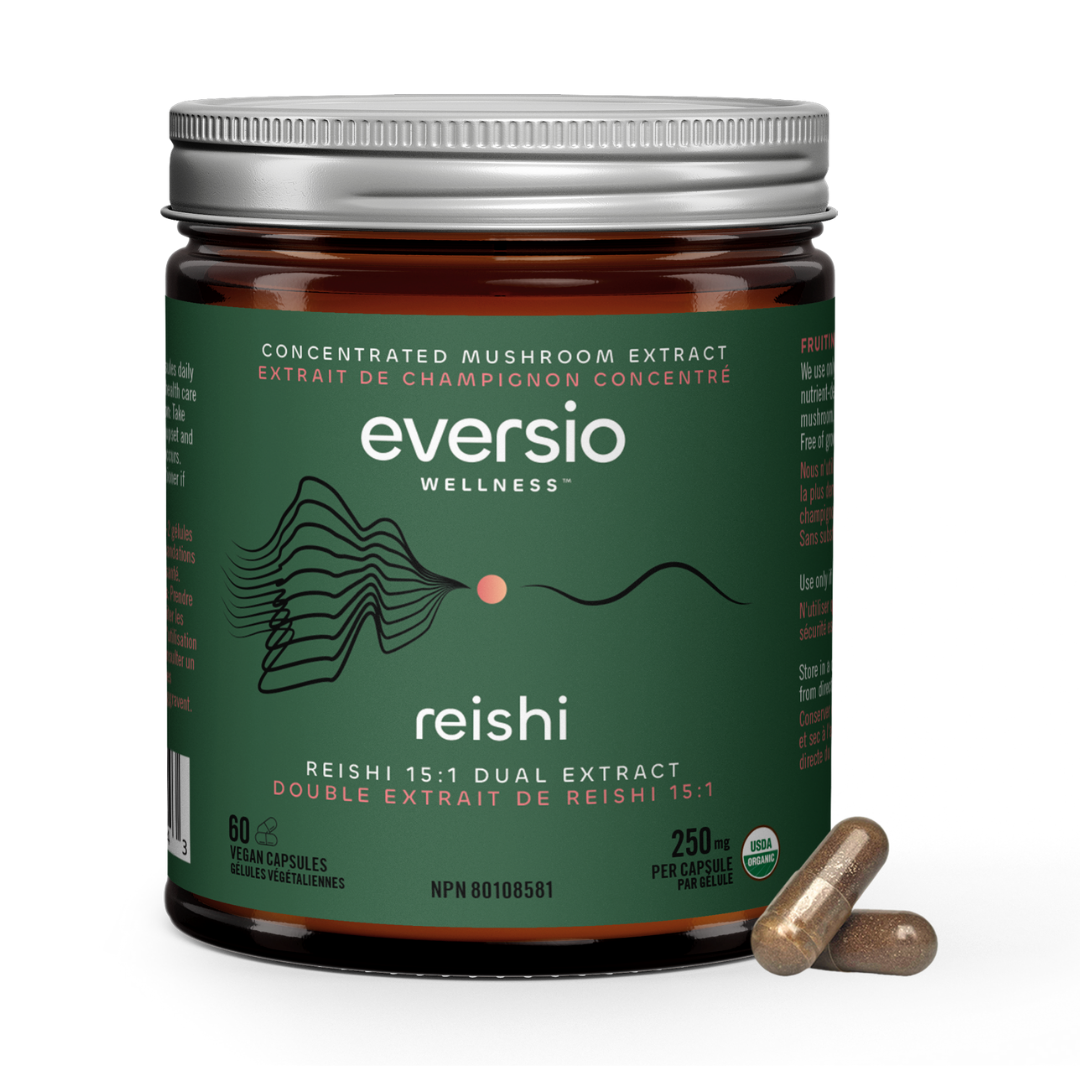
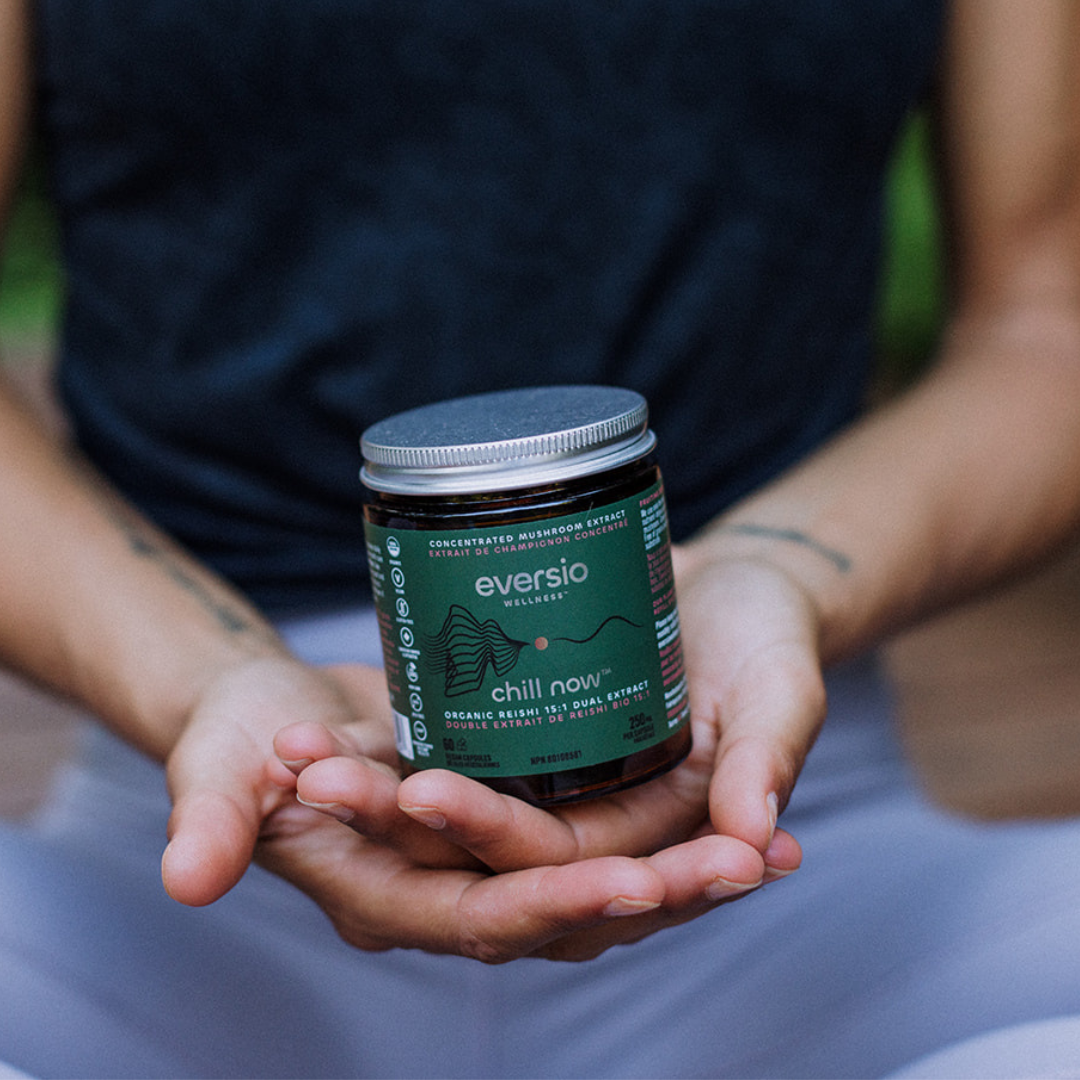
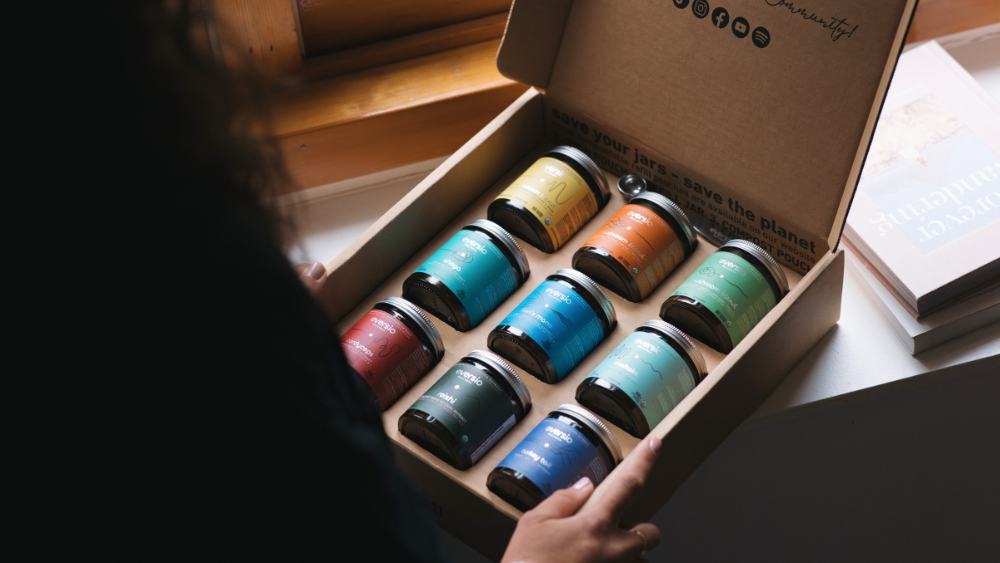







Leave a comment
All comments are moderated before being published.
This site is protected by hCaptcha and the hCaptcha Privacy Policy and Terms of Service apply.